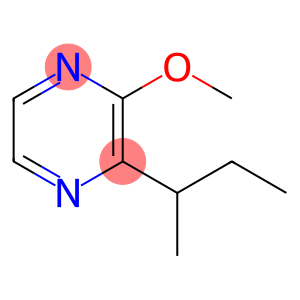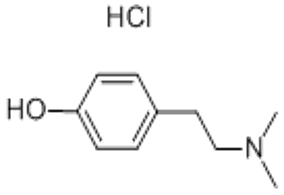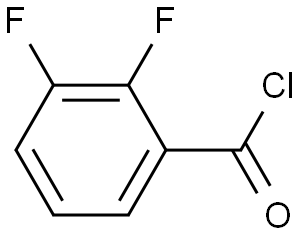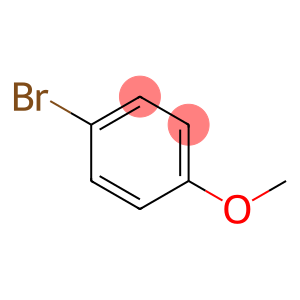2-Methoxy-3-sec-butyl pyrazine(CAS#24168-70-5)
| Hazard Symbols | Xn – Harmful |
| Risk Codes | R22 – Harmful if swallowed R36/37/38 – Irritating to eyes, respiratory system and skin. R20/21/22 – Harmful by inhalation, in contact with skin and if swallowed. |
| Safety Description | S36/37/39 – Wear suitable protective clothing, gloves and eye/face protection. S26 – In case of contact with eyes, rinse immediately with plenty of water and seek medical advice. S36/37/38 - |
| UN IDs | UN 3334 |
| WGK Germany | 3 |
| HS Code | 29339900 |
Introduction
2-ethoxy-3-isopropylpyrazine is an organic compound.
The compound has the following properties:
- Appearance: Colorless liquid
- Solubility: Soluble in ethanol, ether and benzene, insoluble in water
2-ethoxy-3-isopropylpyrazine has some special uses:
- It can be used as an insecticide in the agricultural sector. In crop protection, it can be used to control pests such as planthoppers in dry fields.
- It is also commonly used in organic synthesis as a catalyst and intermediate.
The preparation method of 2-ethoxy-3-isopropylpyrazine can be obtained by the following steps:
1. 2-Pyridylcarboxylic acid and isopropyl bromide are reacted under the catalysis of a base to produce 2-isopropylpyridine.
2. 2-Isopropylpyridine is reacted with ethanol under acidic conditions to generate 2-ethoxy-3-isopropylpyrazine.
- It is irritating and corrosive, and should be rinsed with plenty of water immediately after contact with skin and eyes.
- Appropriate personal protective equipment such as safety glasses, gloves and protective clothing should be used.
- During storage and transportation, reactions with strong oxidants and acids should be avoided, high temperatures and direct sunlight should be avoided.








